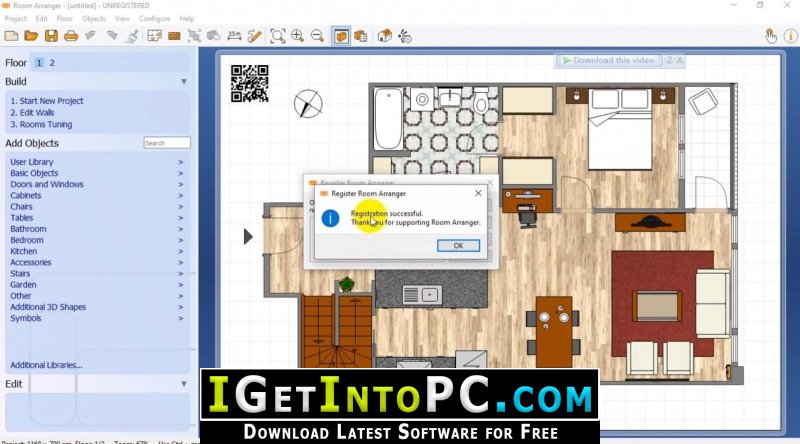
:max_bytes(150000):strip_icc()/ENTP-7301abdb27e3453485e0d676c4a4f4b5.png)
The home of the protagonists always looks inviting.Īdvocates are generally nice and creative people although some may consider them a bit reserved. People with an ENFJ type are like caring mothers who prefer light and spacious interiors with much natural light that features vintage décor and furniture. It is not just feeling warmth and comfort, you also want others to feel warm and comfortable next to you. Minimalism would be a perfect fit offering a perfectly structured space where you can always keep all your things in line. You are well-organized and always know what you are going to do in the next minute. If you are an ISTJ, your main goal is to keep things as simple and clear as possible. This personality type is close to the previous one though with some slight differences.

The key features include zero chaos and mess, minimum accessories, and a sleek atmosphere where everything is in its place. So, the interior must be well-organized and perfectly structured right from the start. ISFJs would appreciate any style without living restrictions.Įxecutives love their homes to be as functional and practical as possible. The transitional style would be a perfect option, as it can easily flow and integrate various design styles and approaches making the space practical and inspiring at the same time. On the other hand, this type of character requires a peaceful place where one may get away from the rat race to be alone and put all thoughts together. Introverts usually prefer establishing strong connections only with people they can trust. For this reason, a classical interior will fit them most, featuring some classical art as décor, traditional focal pieces, and elements to create a cozy and warming environment.īeing a reserved person is not a crime. They enjoy being social and spend much time with families and friends. People with an ESFJ type want their homes to be pleasing and inviting, just like themselves. At the same time, the home is supposed to be pleasing and relaxing, where logicians can develop their creative skills. Keeping the interior simple is the key feature of this style. This is why Bauhaus can be a better option, as it utilizes a blend of high-tech elements and art. These people are not only thinkers but also interactors. The INTP type is all about decisiveness and easygoingness. Contrast is the driving force for eclectic designs. As for the interior style, eclectics is the best match, as it incorporates things some would never even try to put together in one room. For these people, rules exist only to break them. If you love taking on challenges or are excited about a chance to overcome a new obstacle, then you are a debater. For décor, vintage elements and furniture might be a great pick.

Despite their outer calmness or even melancholic state, they would rather have a bright and open interior with lots of space that features a pastel or white color pallet. Generally shy and quiet, mediators often hide passion and vibrant feelings inside. Campaigners reserve enough space for experiments, as they always opt for something bold and daring. There is nothing wrong with making the design look a bit messy. Proven enthusiasts and carefree characters, they would rather opt for a Bohemian interior style featuring some rich colors combined with vibrant patterns. They love to party and always establish a strong connection with everyone around them. Although they prefer freedom, these people are great campaigners.
Mbti room arranger free#
This type refers to people with a free spirit. What’s more, they can help to create an ideal home. It is a questionnaire based on the conceptual theory introduced by Carl Jung, which helps to realize how some people perceive the world and react to certain circumstances. Overall, there are 16 personality types defined by the Myer-Briggs Type Indicator (MBTI). From this point, knowing your personality type can be crucial when creating a harmonious interior that might be a perfect fit or where you can feel at home. It helps to better understand the environment we live in. The way we feel, sense, and think governs our experience when interacting with the surrounding world.


 0 kommentar(er)
0 kommentar(er)
